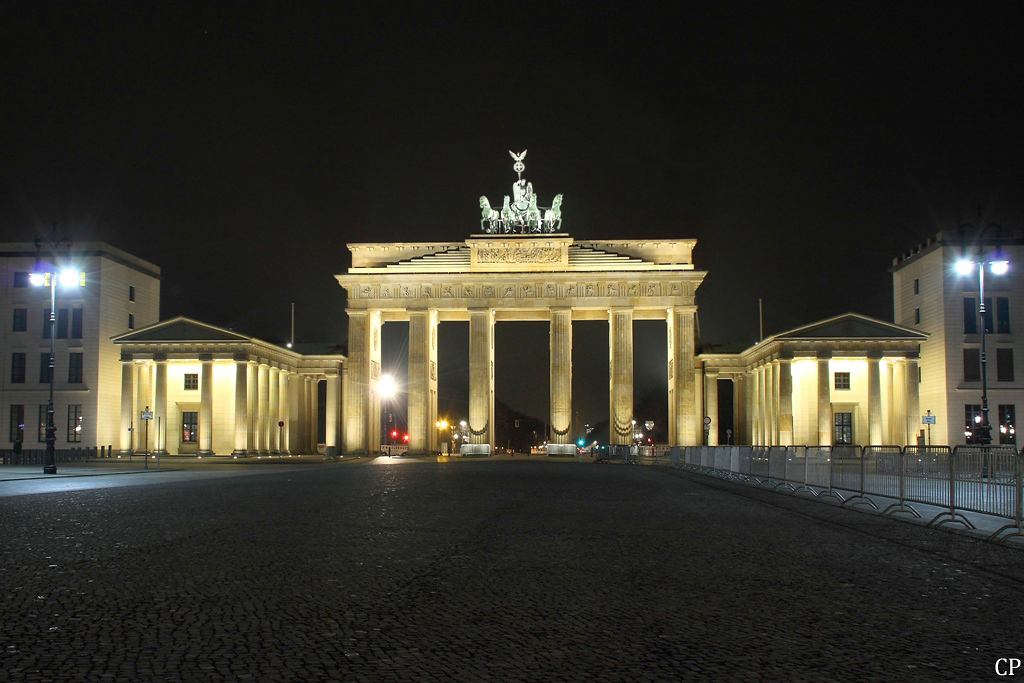

Others on Reagan’s team, fearful of charges that the administration had gone “soft,” argued that the time had come for a full-throated challenge to the Communists. Some feared antagonizing Soviet leader Mikhail Gorbachev, with whom Reagan had built a successful working relationship.

Five years (and three Soviet leaders later), Reagan prepared to return to West Berlin to celebrate the city’s 750th anniversary. The preceding years had seen an escalation in rhetoric on both sides (with Reagan famously referring to the USSR as an “Evil Empire”), but also the first noticeable “thaws” in the Cold War in nearly a decade, including the Reykjavik Summit in Iceland the year before and ongoing negotiations that would result in an arms treaty in late 1987.Īlthough authorship of the 1987 Berlin speech’s most famous line remains in dispute, there is little doubt that Reagan’s advisors were almost as deeply divided about whether he should use the potentially inflammatory words, as the city of Berlin was itself.

Ronald Reagan had visited Berlin once before in his presidency, in June 1982, when he addressed West German dignitaries and a crowd outside the city’s Charlottenburg Palace, affirming America’s support for the city of Berlin and its people. Talking to Ghosts: How Two Sisters' Hoax Sparked a Spiritualism Craze June 1987: The line that almost didn’t happen In Kennedy’s case, it was in German-poorly spoken German, some believed. Like Ronald Reagan after him, Kennedy’s speech has been largely remembered for one particular phrase. Kennedy delivered one of the most famous addresses of his presidency to a crowd of more than 120,000 gathered outside West Berlin’s city hall, not far from the Brandenburg Gate. June 1963: “I am a Berliner”Īlmost two years after the Berlin Wall was erected, John F. Once the wall went up, however, access to the Gate, located in what was now East Berlin, was cut off. In one of the last cooperative measures before the erection of the Berlin Wall in 1961, the East and West Berlin authorities worked together on its restoration. The end of the war destroyed much of Berlin, but the Brandenburg Gate survived, albeit with heavy damage. It was the first of many large-scale propaganda events held by the Nazis as they tightened their control over Germany in the years leading up to World War II. That evening, the new chancellor was treated to a torchlight procession through Berlin, as thousands of brown shirted stormtroopers and SS members passed under the Brandenburg Gate to the presidential palace, where Hitler and high-ranking members of the Nazi Party were cheered. After a meteoric rise to power at the head of his Nazi Party and a power struggle with German President Paul von Hindenburg, Adolf Hitler was appointed to the position of chancellor on January 30, 1933.


 0 kommentar(er)
0 kommentar(er)
